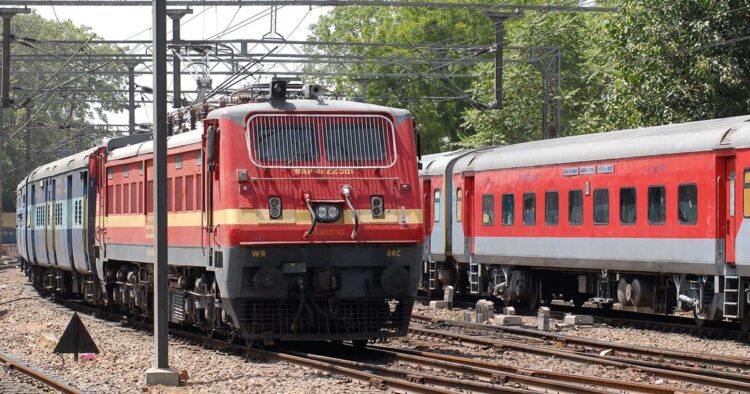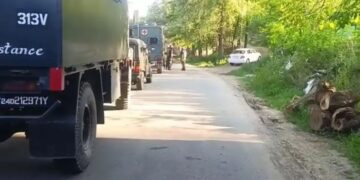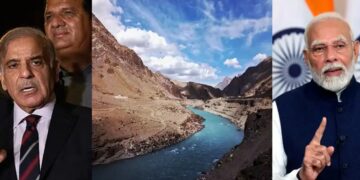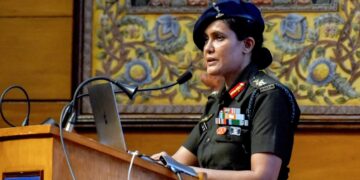The Bharatiye Railways is planning to invest ₹1 lakh crore in acquiring new trains over the next few years. The aim is to meet the growing demand for passenger travel and to replace aging train sets. This initiative is part of a larger plan to upgrade the railway system and increase the availability of trains for both passengers and goods.
The investment of ₹1 lakh crore will be used to procure 7,000-8,000 new train sets over the next 15 years. Tenders for the procurement will be issued in the next four to five years. The focus is on replacing old rolling stock and enhancing the overall efficiency of the railway network.
The Railways has already used 70 percent of its ₹2.4 lakh crore budget for the fiscal year 2024. The minister emphasized the need for an additional investment of ₹12 lakh crore in the Bharatiye Railways by 2030 to support the current level of economic growth. The proposed procurement will also involve maintenance contracts and conditions favoring production within Bharat.
The minister highlighted ongoing structural and procedural reforms to expedite capital spending within the Railways. The capital budget is earmarked for renovating crucial infrastructure, including trains, tracks, safety technology, and stations. Projects like the Eastern Dedicated Freight Corridor are expected to open up new industrial hubs.
The minister mentioned significant progress in track laying projects, with 5,000-6,000 km of tracks laid in the current fiscal year. This averages to about 16 km of work per day, showcasing an increase compared to the previous fiscal year. The completion of dedicated freight corridors is expected to enhance cargo transportation efficiency.
Currently, the Indian Railways operates 10,754 daily train trips, and there are plans to add 3,000 more trains. The goal is to eliminate waiting lists for passengers, except during peak demand months. The railways aim for a 30 percent increase in trips by the end of the decade to accommodate the growing number of passengers, reaching an estimated 1,000 crore annual passengers by 2030.

















Comments